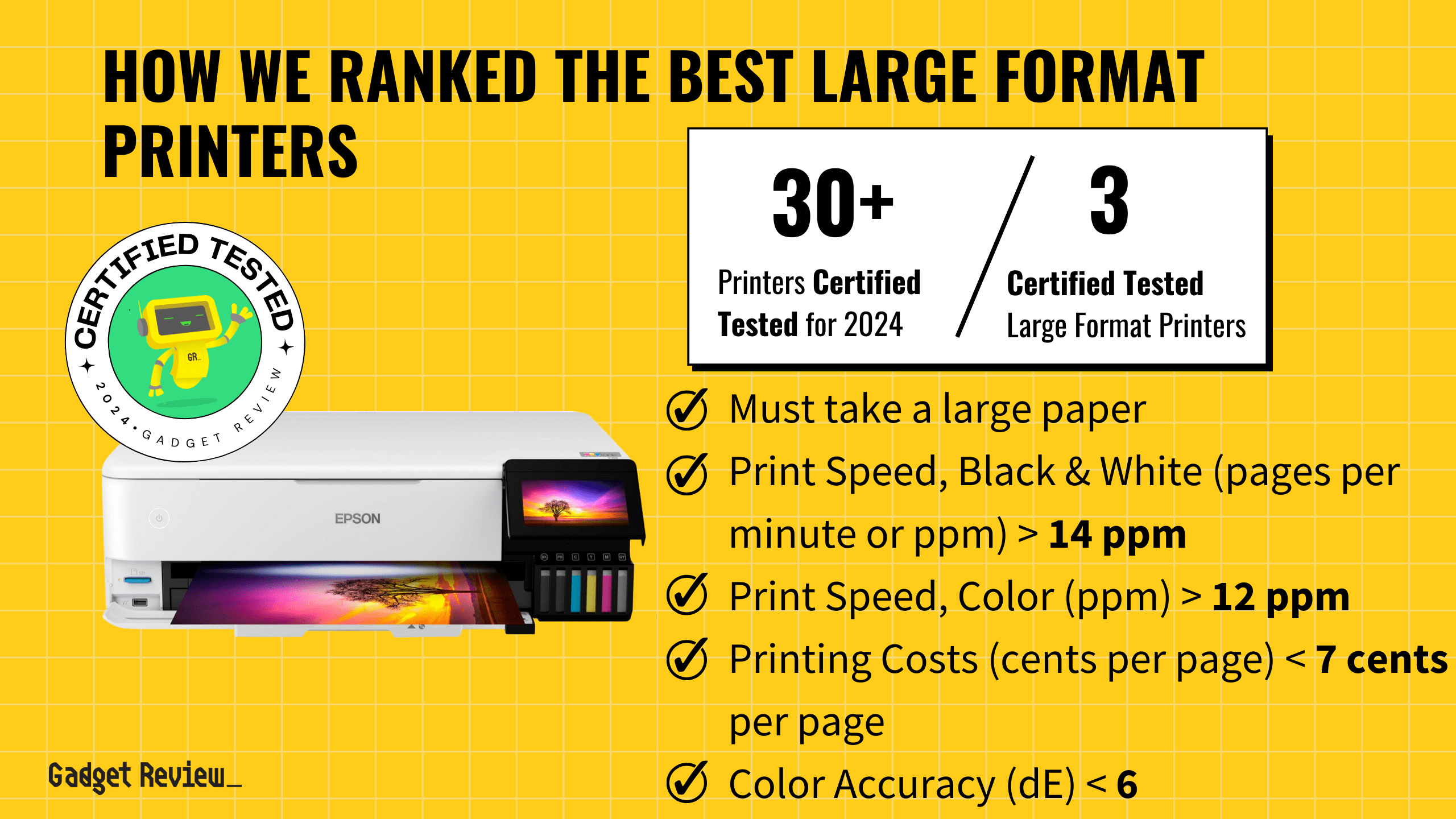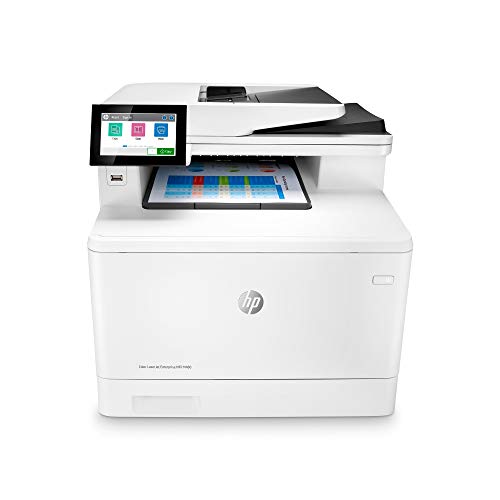Printers do not use many amps even when in use. The average printer will use less than .5 amps and around 50 watts of power. Whether the printer is inkjet or laser may affect these numbers, but the differences will be negligible.
The good news is that even advanced home printers won’t draw too much power, even when comparing an inkjet vs an all-in-one printer.
Key Takeaways_
- Printers are generally not considered to be too outlandish when it comes to energy consumption.
- An average inkjet printer should use around 30 to 50 watts during use and three to five watts when on standby.
- To help save on electricity costs, keep the printer powered down when not in use and unplug it.
How Much Electricity Do Printers Use?
The specific amount of electricity used by a printer will depend on the make and model of the printer itself. However, there are some commonalities.
Printer Type
Your average home-based inkjet printer should use 30 to 50 watts of power when in use and can use up to five watts of power when the device is in standby mode. If you are curious, you can read our article to learn more about how inkjet printers work.
Commercial printers, such as laser printers, tend to draw more electricity than standard inkjet printers. Note that specialty printers like the top crafting printers may use more power than a standard printer, so check the manufacturer’s specifications if this is a concern.
Additionally, you can check out the differences between thermal and laser printers for a comparison of more printer types.
Printer Usage and Settings
- Printing volume: The more you use the printer, the more power it will use.
- Print Quality: The higher the quality of your prints, the harder the printer has to work. Higher-quality prints may take longer, resulting in more power being used.
- Power-saving Features: Modern printers often have power-saving features to help reduce power consumption.
Printer Efficiency
Printer brands and models can affect efficiency as well. Some models are specifically designed to be more efficient. If you are concerned about this, be sure to look for an Energy Star Certification.
These models meet energy efficiency standards to make them environmentally friendly as well as more cost-effective to use.
insider tip
Your average home-based inkjet printer should use 30 to 50 watts of power when in use and can use up to five watts of power when the device is in standby mode. To avoid this needless power drain, use the printers power saving options to place it into standby mode (check your make and model’s manual by Googling for its instructions). Just be cautious, as some standby modes are difficult to have the printer “auto wake” from when starting a print job.
Tips to Reduce Your Printer’s Electricity Cost
The overall cost of a printer can go up significantly if it uses a lot of watts. Here are some general tips to keep in mind if you want to minimize electricity consumption when it comes to household appliances, including your printer.
Power it Down
If you want to eliminate any electricity that is drawn by a printer when it is in standby mode, you should power the device down when it is not in use. A printer that has been put to sleep will still need around three to five watts of power to keep subsisting.
A printer that has been fully powered down will not need any voltage whatsoever until the next time it has been turned on.
The downside here is that it will take a little bit of time to power the printer back on when needed, so this method is great for home use but not so great for a highly trafficked office environment.
Unplug the Printer

Another simple procedure to help save on electricity costs is to simply unplug the printer from the power outlet when it is not in use. This is similar to the above method of powering the printer down when not in use, but unplugging it entirely will add another layer of protection.
This can also be done by plugging the printer into a power strip or surge protector and then simply turning the strip off when you are done using the printer. Like above, turning the printer back on when necessary will take a little bit of time.
Make Use of an Energy Calculator
If you want to keep track of how much energy is being used by your printer and other home appliances, you should seek out an energy calculator application. These can be found online via your average web browser, and plenty of apps are available for smartphone users.


























